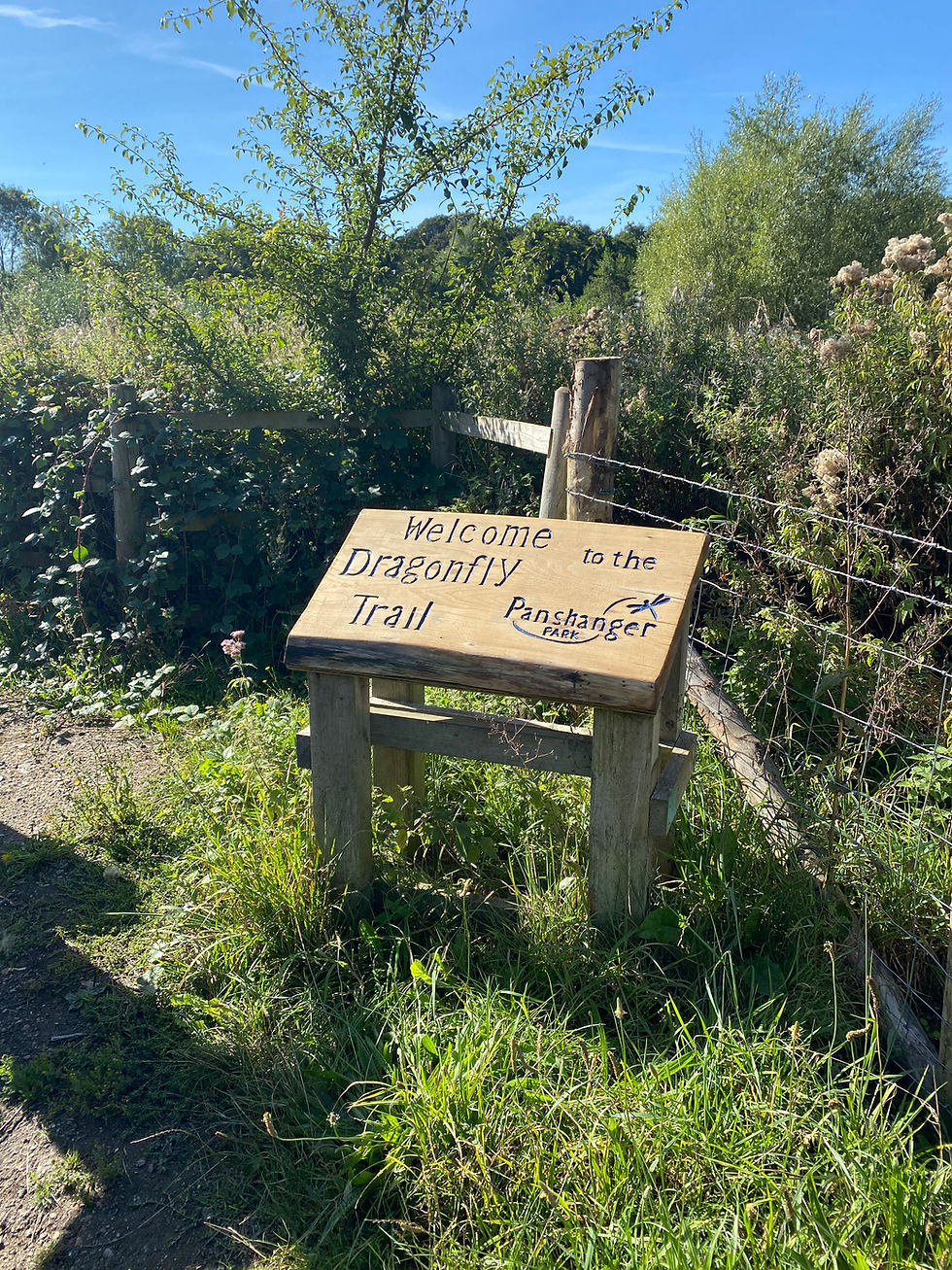SFI Hedgerow Condition Assessments - Money for Old Rope?
- Jilly McNaughton

- Mar 14, 2024
- 3 min read
Farmers can now be paid to carry out a ‘condition assessment’ of hedgerows on their farms under the Sustainable Farming Incentive (SFI). With a payment of £5 per 100 metres for one side of the hedge (double it for both sides), extra for hedgerow trees, paid each year for three years, no cap on how many hedges you assess, no set approach for conducting the assessment - and no obligation to carry out any management activities as a result, this may seem like money for old rope.

So how do you carry out a ‘hedgerow condition assessment’ for SFI? When you start to breakdown what to record (and why!) it soon becomes clear the task may involve more work than you expected, especially if a meaningful assessment to inform management decisions is to be produced.
The FWAG East team ventured out on a hedge assessment training day recently to consider this task and a very thought-provoking day it proved to be.
What makes a good hedge? What makes a bad hedge? What do you score those hedgerows in between? How do you treat gaps? Does species richness matter? What about associated features such as hedgerow trees, ditches and margins? How do you capture this information per hedge across an entire farm to produce a meaningful report that prioritises actions?

Several points seemed important to pull out from this thorny tangle:
The aim of the game
Context: Where does your farm sit in the landscape, what machinery do you have, how much time will you have for hedge management? Objectives: What do you want to achieve from your hedgerows: are they solely for wildlife benefit? Containing stock? Are there particular species you wish to encourage e.g. Grey Partridge? Your end goal will change the way you manage your hedgerows which will also impact the way you assess them.
No hedge is an island
The merits of a single hedgerow must be considered in the context of other hedges on the farm; a diversity of different hedge ‘types’ is preferable. Alongside diversity, connectivity is key.
Fifty shades of hedge
There is no one ‘perfect hedge’; hedges at different stages of succession are perfectly acceptable and, in some senses, each has its own place. Uniformity is to be avoided.

Less can be more
Sometimes less management (or more neglect!) is a better decision than more active management. For example, limiting coppicing or laying to small sections each year on different parts of the farm might be better than doing large stretches or areas all at once. Similarly, less frequent cutting could offer both farmer and hedge more benefits over coppicing, laying, or annual incremental cutting (depending on condition).
The baby and the bath water
Deadwood adds value to the hedgerow habitat, as does leaving in-situ veteran hedgerow shrubs and ancient coppice stools - which could be easily overlooked (and obliterated!) with enthusiastic coppicing by tree shears in the name of proactive ‘management’. Similarly, condition assessments should take into account the extent of ‘hedge bottoms’ and margins where much biodiversity value lies.

Life’s too short to assess a hedge
Also consider farmer workload and FWAGs' availability to help with this kind of work vs the value of farmers undertaking the assessments themselves (in order to get to know their hedge-scapes more intimately).
One less headache
For the SFI hedgerow assessment exercise to be undertaken in the spirit of the scheme (and to deliver any sort of ‘public good’) it requires adequate time, consideration and expertise. Assistance should be sought where any of these are lacking. If done well, it could prove a valuable impetus for creating a meaningful hedgerow management plan to inform and prioritise future actions.
So, what is the best way to carry out an SFI hedgerow condition assessment? The answer has to be… if you can’t do it, FWAG East can!!!







Comments